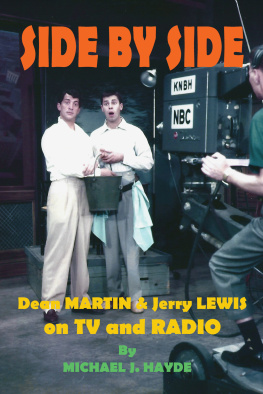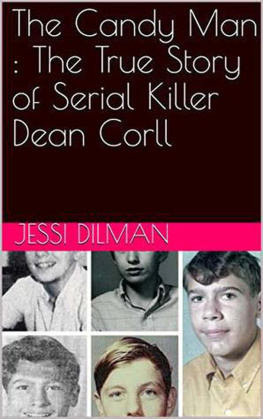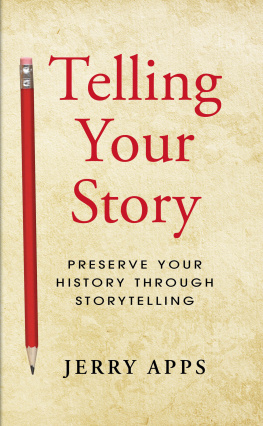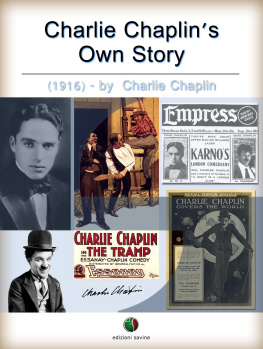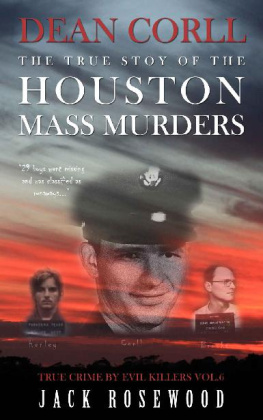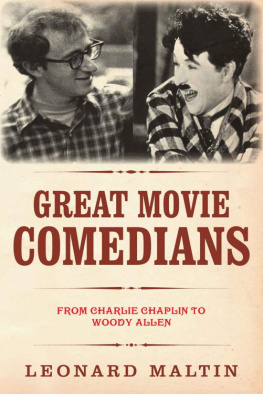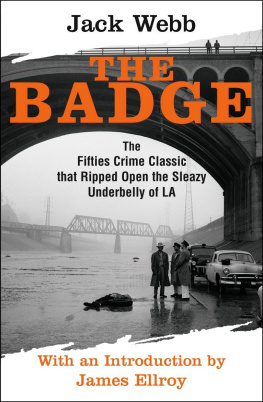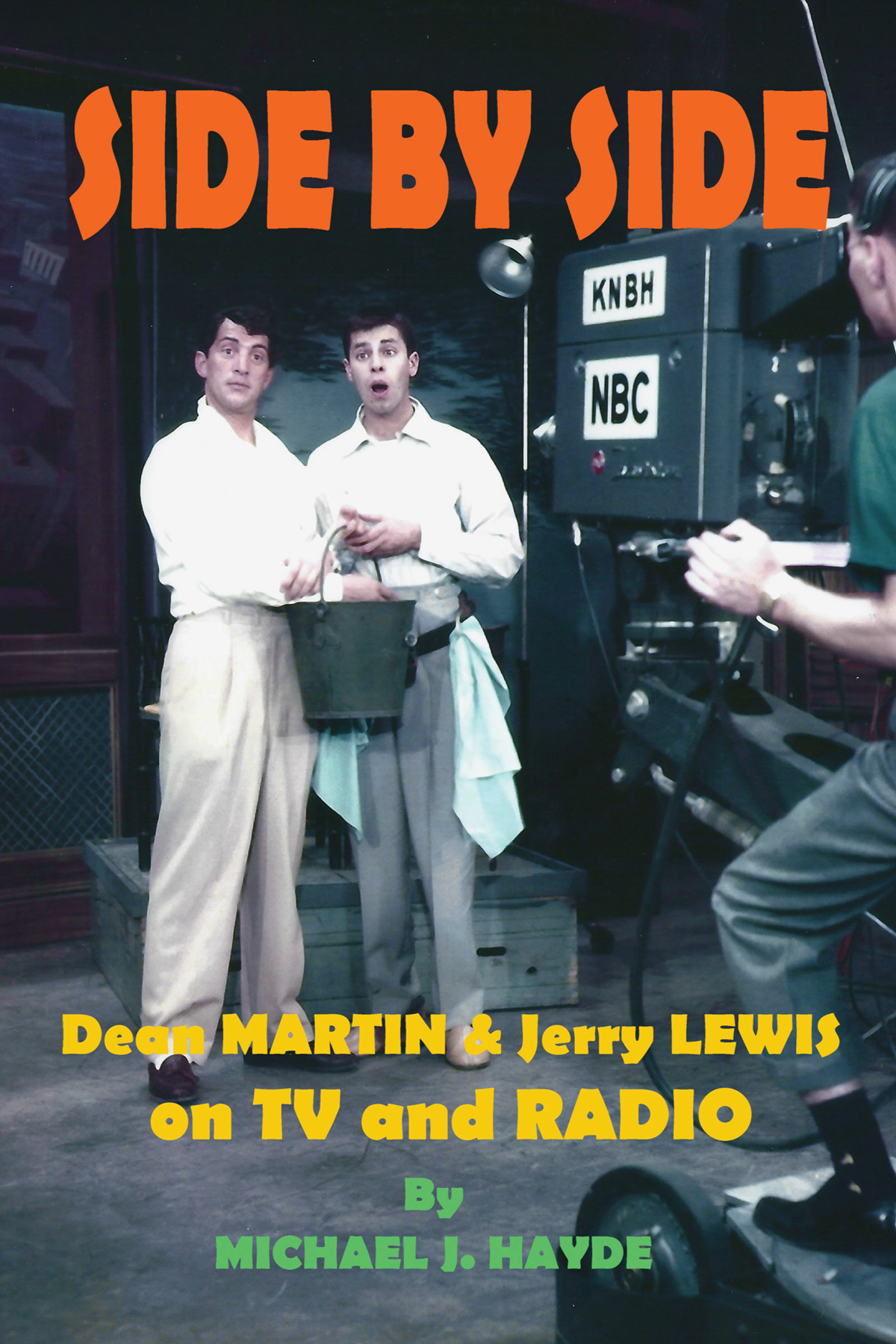My mother introduced me to Dean Martin & Jerry Lewis when we watched Jumping Jacks (1952) on television one afternoon in the early 1970s. I thought the film was only moderately amusing, and she agreed, adding, They were much funnier on The Colgate Comedy Hour. That sparked a lovely conversation.
As a middle school student living in Baltimore, she enjoyed the Colgate shows. She especially recalled a moment when Jerry tossed the microphone toward the floor, and Dean dived for it just as Jerry yanked it back to safety ( Comedy Hour, November 4, 1951). Two of her classmates, she remembered, could do a decent Martin & Lewis impersonation. They were known to disrupt class from time-to-time, so on the last day of school, the teacher gave them a chance to entertain, which apparently went over very well. After graduating high school, and having moved to New York, she volunteered to take pledge calls during the teams Muscular Dystrophy telethon in June 1956.
When I obtained a copy of a 1952 Comedy Hour on VHS, we watched it together. Both of us laughed at Jerrys antics, and then she happened to remark, I could never see him as The Poor Soul. Neither could Dean, I replied. That was the moment I knew I would write this book.
For all this, and (to paraphrase Jerry) for 80 years of joy that shes given to our family and friends, this book is lovingly dedicated to my mother, Margaret Veronica Hayde.
Introduction
If youve only seen Martin & Lewis in their movies, you havent seen Martin & Lewis.
For over thirty-five years since their 1956 split, the only Martin & Lewis available for mass consumption were the 16 motion pictures in which they starred, most of which shoehorned them into predictable situations that had served nearly every comedy team since the birth of cinema. Consequently, many latter-day critics, having long heard and read about this teams ability to send audiences into hysteria in excelsis, wondered aloud what all the fuss was about.
That changed in the early 1990s when Jerry Lewis dove into his collection of kinescopes and emerged with the teams appearances on The Colgate Comedy Hour; first as highlights in a three-part documentary for The Disney Channel titled Martin & Lewis: Their Golden Age of Comedy, then shortly afterwards in home video releases and airings on Public Television stations. At that point, critics took another look. To really appreciate Martin & Lewis, declared author Scott Eyman in 2001, you have to look at the live TV appearances that have survived. Theyre chaotic, dangerous, manic, obviously unscripted and funny in a Ritz Brothers/Mel Brooks sort of way. An interesting comparison, given that Harry Ritz was an early Lewis influence, while as a filmmaker, Brooks owes his career to Lewis trailblazing success.
Likewise, Tom Shales, critic for the Washington Post, wrote the following year, They didnt so much appear [on Colgate ] as storm the studio, two merry maniacs whose TV performances were inspired, uproarious bedlam. Kids of that eralooked forward to the Martin and Lewis appearances as they would look forward to a great sports event, because Lewis would run riot through the production, tossing out the script, playing with the cameras and other equipment, wreaking irreverent havoc and perhaps, who knows? paving the way for anti-establishment comedians to come later.
There also survives a body of work that Martin & Lewis did on radio that has been either denigrated or ignored by critics and biographers, yet the best of it closely approaches the Colgate hours in laughter and enjoyment. To be sure, a number of these programs, particularly of their first (1949-50) NBC series, are as trite and awkward as their movie plots. It would also be foolhardy to deny that seeing Martin & Lewis in action is the preferred way to experience them. Still, their radio guest appearances with Bob Hope and others, and their starring series from 1951-53, convey the ineffable blend of lunacy and charm that captivated audiences to a better degree than their films.
A full appraisal of the teams work in each medium is long overdue, but theres more to the story than a recounting of legendary comedy. For example, Jerry Lewis relationship with the Muscular Dystrophy Association, which spanned over 60 years, began on The Colgate Comedy Hour. He and Dean were the first national celebrities to call attention to the fledging organization, and it was via their TV and radio programs that America became aware of this brace of fatal neuromuscular diseases. According to the MDAs obituary for the comedian: During Lewis lifetime, MDA-funded scientists discovered the causes of most of the diseases in MDAs program, developing treatments, therapies and standards of care that have allowed many living with these diseases to live longer and grow stronger. And it all began when Martin & Lewis took a few minutes at the end of a Comedy Hour to ask for just one penny from each viewer.
The Colgate shows are also, at times, a document of an unraveling relationship. Martin and Lewis were partners for ten years. For the first seven, they were two guys who loved their work and each other, and couldnt believe they were receiving so much fame and fortune because of it. The Comedy Hour came along just past their fourth anniversary, and many moments throughout its first three seasons depict this love affair at its peak. Over the course of years eight and nine, each man came to believe he was capable of much more than what hed been doing. They werent just growing, they were growing apart, and the show occasionally aims a spotlight on the struggle between them. By year ten, both wanted out, yet were bound together by iron-clad contracts, one of which gave them partial ownership of the Colgate show. Thus they had to swallow their mutual animus and put on an act that was no more than an act. They didnt always pull it off successfully.
The story doesnt end with their professional parting, either, for there were additional feuds and reunions over the ensuing years. Even after both were comfortably established as successful solo artists, they wouldnt be permitted to forget each other. When they reunited on live television in 1976, it led off the Ten Oclock News and hit the front page the next morning. It was as if America had been hoping these two would kiss and make up. Over time, that event took on mythic proportions.
All 28 of Martin & Lewis starring Colgate Hours exist, as do three of their guest appearances on the show, a complete two-hour program for MDA, and nearly all of their other post-1949 TV work. At this writing, 80 of their 112 starring radio programs circulate among collectors of old-time radio; most of the rest are in public archives such as the Library of Congress. Through these, plus hundreds of contemporary magazine and newspaper articles and reviews, legacy interviews with Dean, Jerry and their principal associates, and key biographies of both men, this book aims to illuminate the phenomenon that was Martin & Lewis via the work that reached more eyes and ears than any their movies, even when they were among the top ten box office attractions in motion pictures. It also provides insight and context to their split and the interaction that followed. It is, in essence, a treatise on how and why Dean Martin & Jerry Lewis, their partnership and their break up, became legendary.

